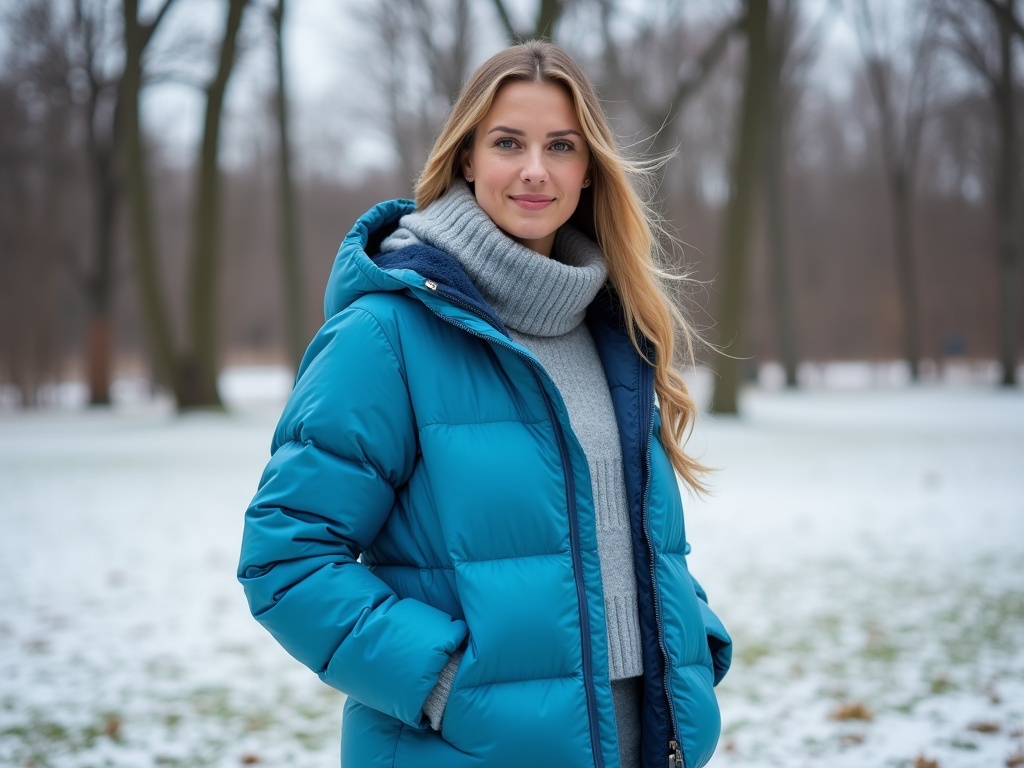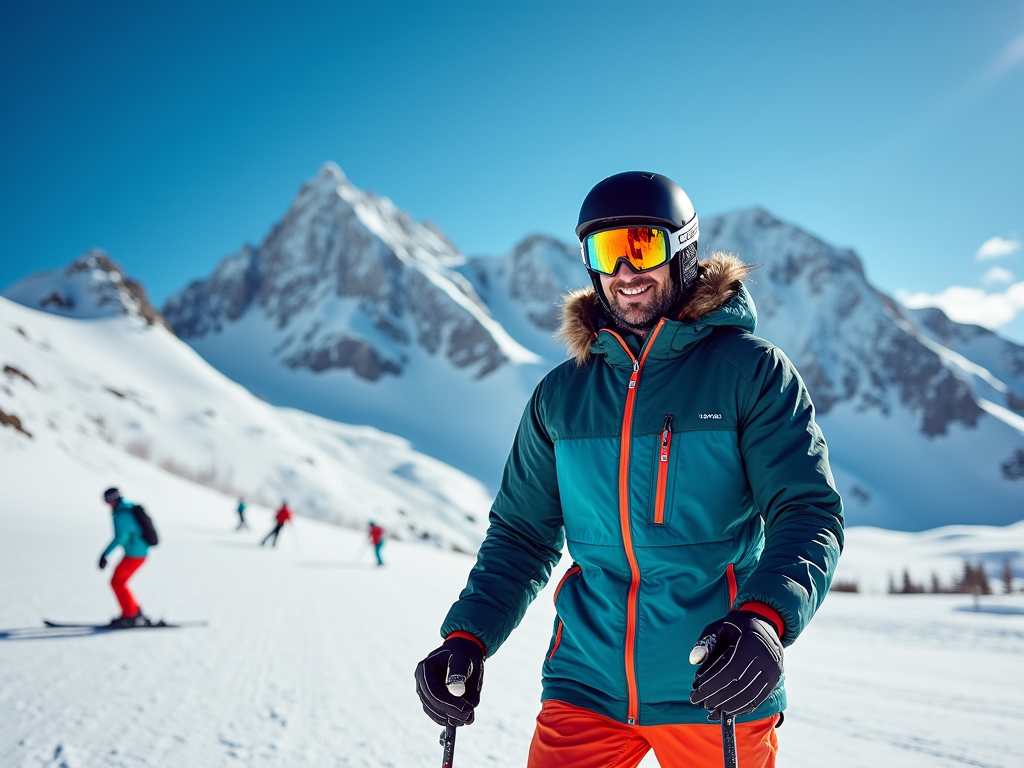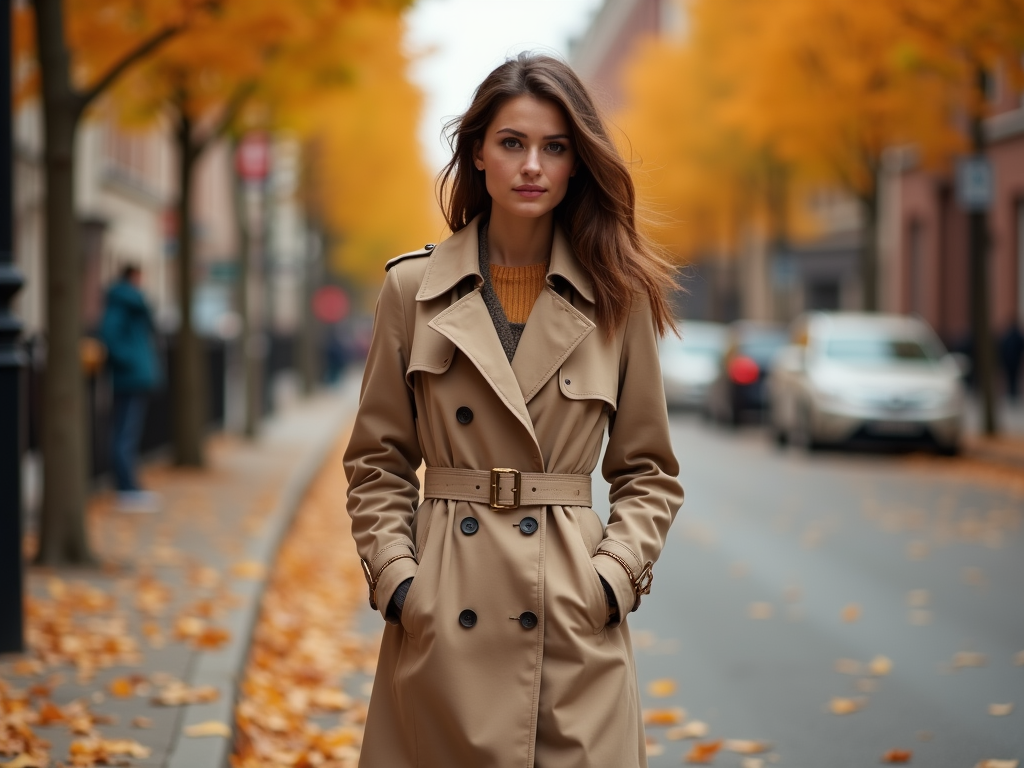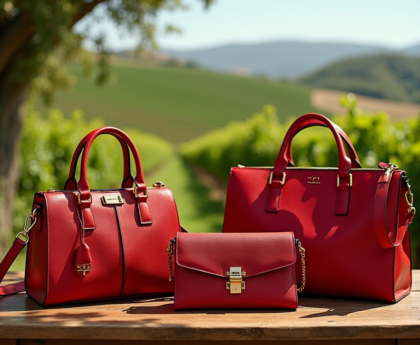Choosing the right coat for different temperatures is crucial for maintaining comfort and style throughout the colder months. With various styles and materials available, understanding what to wear can significantly impact your day-to-day activities in chilly weather. In this article, we will explore what types of coats are best suited for specific temperature ranges, ensuring you’re never caught off-guard by the cold.
Understanding Temperature Ranges

Before diving into specific coat types, it’s essential to comprehend the various temperature ranges and how they affect your choice of outerwear. Generally, weather can be categorized into a few main brackets:
- Above 50°F (10°C): Light jackets or layers suffice.
- 30°F to 50°F (0°C to 10°C): Insulated coats are recommended.
- 20°F to 30°F (-6°C to 0°C): Heavy coats and thermal materials are ideal.
- Below 20°F (-6°C): Extreme cold coats with additional insulation required.
Knowing these ranges helps simplify the process of selecting the perfect coat depending on the temperature outside, as it directly influences your comfort level and readiness for potential weather changes.
Coats for Mild Weather (50°F and above)

For mild weather, coats are more about style than survival against the cold. Here, lightweight options are advisable. Consider the following:
- Lightweight Trench Coats: Perfect for drizzly days, they provide a stylish layer without heavy insulation.
- Bomber Jackets: Offer a casual vibe and sufficient warmth for slightly cooler conditions.
- Denim Jackets: A classic that never goes out of style, providing comfort with a relaxed appearance.
These options are versatile and can easily transition from day to night while keeping you comfortable in mildly cool temperatures.
Coats for Cool Weather (30°F to 50°F)
As temperatures drop, it’s time to opt for more insulated options. In this range, you want practical yet chic choices:
- Puffer Jackets: Known for their lightweight insulation, they trap heat effectively and are perfect for active days.
- Wool Coats: These provide warmth and sophistication, making them ideal for both casual and formal outings.
- Field Jackets: With added pockets and layers, these coats are practical for unpredictable weather.
Layering can also enhance warmth, so consider wearing a sweater or thermal top underneath your chosen coat for extra insulation on chillier days.
When temperatures drop below 30°F, it’s imperative to opt for coats designed to withstand the cold:
- Down Coats: Filled with down feathers, these coats offer incredible insulation while remaining light.
- Parkas: With longer lengths and fur-lined hoods, parkas are excellent for harsh winters.
- Long Wool Coats: Stylish yet functional, these keep you warm and provide a polished look.
Always consider wind-proof and water-resistant features to keep the elements at bay in this temperature range.
Coats for Extreme Cold (Below 20°F)
In extreme cold, you need coats that offer maximum protection against biting winds and freezing temperatures:
- Expedition Coats: Designed for severe weather conditions, these often come with additional insulation and windproof features.
- Insulated Snow Coats: Perfect for snow-covered environments, these include water-resistant fabrics and thermal linings.
- Layered System Coats: Wearing a proper base layer combined with a heavy outer shell can provide effective warmth without the bulk.
Investing in these top-tier jackets not only ensures warmth but also enhances your winter experience, allowing you to enjoy outdoor activities without discomfort.
Conclusion
Knowing what coat to wear at various temperatures is vital for staying comfortable and stylish throughout the colder months. By understanding your local climate and utilizing the temperature ranges outlined here, you can make informed choices about your outerwear. From lightweight jackets for milder days to heavy-duty winter coats, the right outerwear can make a significant difference in your overall comfort, allowing you to confidently tackle whatever weather comes your way.
Frequently Asked Questions
1. What is the best coat material for rainy weather?
A waterproof or water-resistant material, such as Gore-Tex or treated nylon, is ideal for rainy weather. Look for styles like raincoats or trench coats for the best protection.
2. Can I layer under a heavier coat?
Yes, layering is highly recommended. Wearing thermal tops or lightweight sweaters under heavier winter coats can greatly increase warmth without restricting movement.
3. How do I choose between a down coat and a synthetic insulated coat?
Down coats are usually warmer and lighter but can lose insulation when wet. Synthetic coats, on the other hand, retain warmth even when damp and are often more affordable.
4. Are puffer jackets suitable for winter sports?
Yes, many puffer jackets are designed specifically for winter sports and have features such as breathability, water resistance, and flexibility for movement.
5. What type of coat is best for windy conditions?
Windproof jackets or coats with wind-resistant materials are best for windy conditions. Look for styles that include tight cuffs and high collars to block out drafts.





